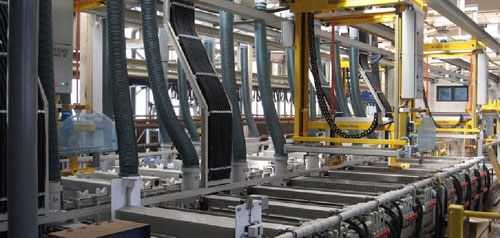“Investment is essential to the future of PRV Engineering” says CEO Simon Jones.
Over the past two years there have been huge investments in equipment and premises to ensure that PRV Engineering can provide the best customer service possible.
1.5 million pounds worth of state of the art CNC Multi Axis/Multi Discipline machining centres have been installed, a new temperature controlled inspection facility and an 8000 sq ft extension with have also been completed.
Finishing is one of the most important areas in the engineering sector. Components that have been carefully machined to the highest standards and tightest specifications can still be scrapped if the finishing is not up to standard. To ensure the best finishes are provided to clients, PRV Engineering decided not to rely on external companies for their plating requirements and instead, bought their own plating facility, ensuring that they could supply a full One Stop Shop service to clients.









Recent Comments